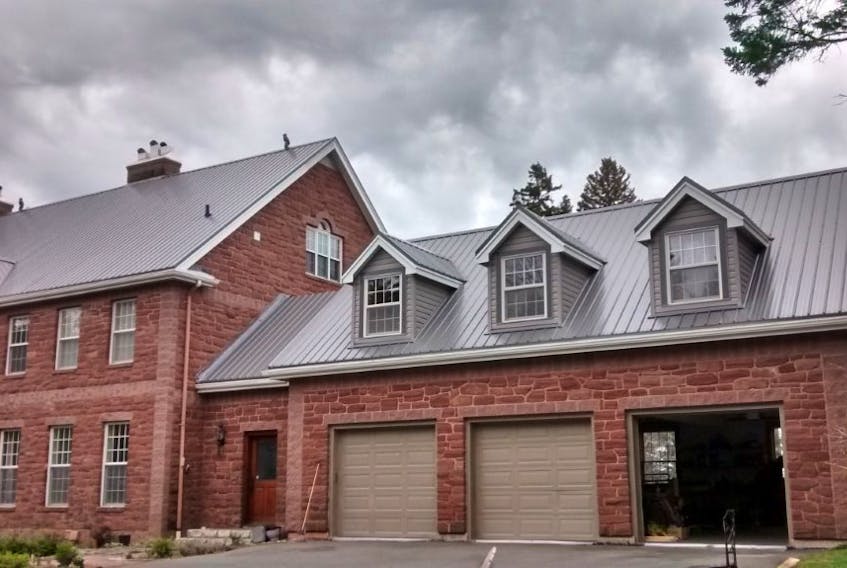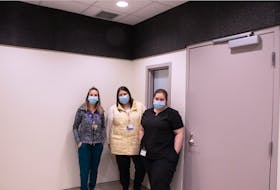When it comes to replacing a leaky roof, it can be costly and time consuming. Instead of simply patching the worn areas though, it might be time to consider a more long-term solution. And Kevin Jollota, business manager of Community Metal Roofing and Siding in Derbert, says he has the perfect option.
“A quality metal roof that is properly installed can last the lifetime of the house. In fact, because metal withstands so many elements, it is known for its extensive lifecycle,” says Jollota.

While there are pros and cons to anything, he says the pros far outweigh the cons when it comes to metal roofs. Probably, the biggest obstacle for homeowners looking into a metal roof is the perceived cost. It can seem high when you look at the upfront cost, but when you also factor in things like a lack of maintenance compared to shingles or slate roofs, and the overall life expectancy of a metal roof, it really is comparable, according to Jollota.
“Although the initial cost of metal roof systems may be higher than shingles, the cost/benefit over the life of the roof is superior to shake, slate, or tiles,” says Jollota. For example, material cost alone for metal ranges from $40 to $250 per square foot, depending on the gauge, configuration and finish, he says, adding that the installed cost actually ranges from $100 to $600 per square foot. If you compare that to the material cost of shingles, the installed cost ranges from $50 to $400 per square foot and slate systems will usually cost more than shake, he adds.
The average homeowner with a typical asphalt roof will end up replacing the roof about every 10 to 20 years. Depending on the region and weather conditions, the pitch of the roof and even the shingle colour, it could be sooner. But independent testing of metal roof systems can withstand winds up to 200 miles per hour and have historically survived even hurricanes and wind storms when other materials have failed, says Jollota. “So, unlike traditional roofing products, metal is essentially worry free when it comes to costly repairs after a rain storm, heavy snowfall or hail for example. In fact, metal roofing and wall cladding has superior debris, water and snow shedding abilities and it doesn’t absorb water, which can lead to cracking and rotting in the freeze-thaw cycle in other materials,” he adds. Metal roofs are also fire resistant as they are formed from hi-tensile metal that does not burn, unlike traditional asphalt shingles, cedar or pine shakes that will essentially add fuel to a fire.
Jollota says metal roofs are also more energy efficient — they are cooler in the summer because metal roofs and wall cladding act as a radiant barrier and in the winter, it helps to reduce the heat load on your building, saving you money on cooling costs.
And despite preconceptions, metal roofs are no noisier than a shingle roof. “People also often ask me ‘what about lightening?’ But with proper installation, the probability of a lightning strike is no more or less than to any other structure,” Jollota explains.
Metal roofs also come in a variety of colours to meet local building codes and by-laws, as well as personal tastes. For more information, visit communitymetal.com or call (902) 662-2815.









